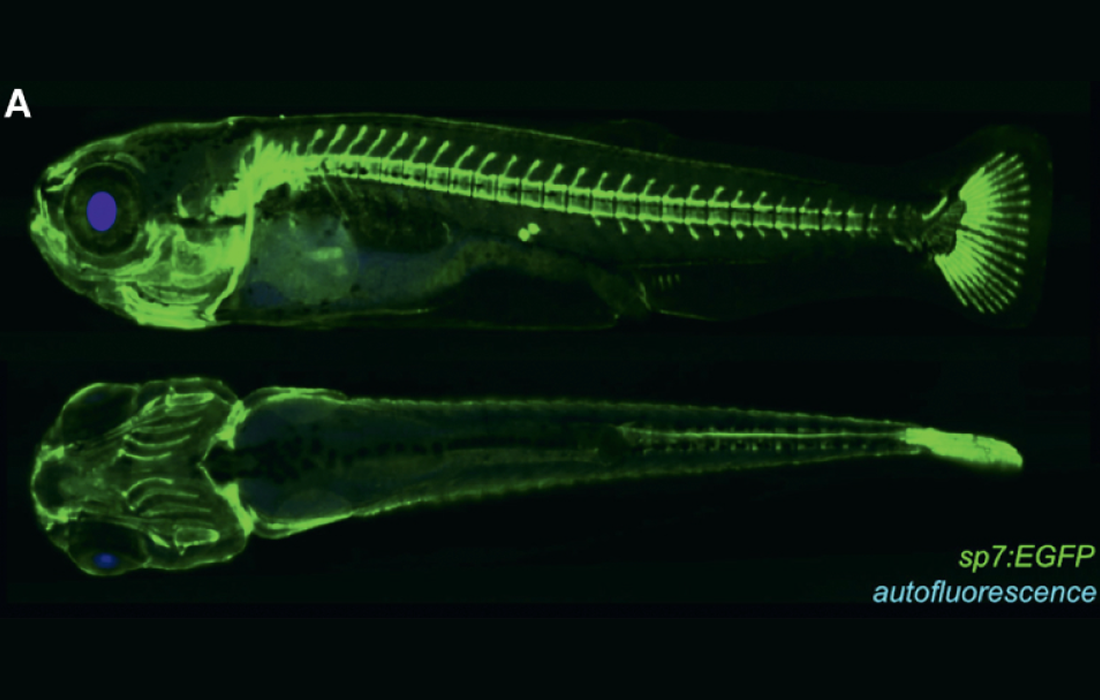Regenerative Medicine News and General Information
Stem cells hide from the sun
Adult stem cells reside in niches that maintain, regulate and protect them. Fresh light has now been shed on how the need for protection has driven changes in the locations of these niches during evolution.
The type of cells that we have in a given tissue or system are tissue specific stem cells that have a crucial role in maintaining and replenishing all the specialized cells of that tissue. These cells reside in a dedicated microenvironment called Stem cell niches, that help regulate and protect the stem cells.
The niches provide structural support, enable access to molecular signals form either local or remote sources, produce proteins that help them tether to the location and to regulate their metabolism. Signals from the niche restrict unnecessary stem cell divisions, both to prevent stem cell exhaustion (stem cells lose the ability to regenerate cell lineages) and to minimize the number of mutations that could lead to malignancies.
Haematopoietic stem and progenitor cells (HSPCs) give rise to all blood-cell lineages. A study by Kapp et al, have revealed that, during development, there are different sites at which blood lineages are generated and their niches can move, depending on the developmental stage. Studies on flies and zebrafish have revealed different niche locations in different species, like bone marrow in birds and mammals, the kidney in fish and liver in frogs.
Researchers used a zebrafish model, which tends to inhabit clear bodies of water that offer little UV protection. During embryonic stages, these fish are largely transparent, making them well suited to live imaging using fluorescently labelled cells. Howerer, they found that visualisation of the HSPC population was obscured by melanocytes (pigmented cells). As shown in the image.
They used genetic engineering to generate zebrafish lacking melanocyte pigmentation and found that UV radiation caused higher levels of DNA damage and an increase in HSPC death.
They also anaesthetized fish, causing them to flip to their backs. The melanocytes no longer protected the HSPCs from UV damage. Physical protection might be of particular value in the haematopoietic system, because blood cells have a high turnover rate. If HSPCs are unable to re-establish blood-cell populations, the organism would be likely to die from anaemia or infection.
All of these findings allow us to have a better understanding of the evolutionary steps taken to protect hematopoietic stem cells in different species, and could help to develop strategies to protect these cell types, not only in animals but also in humans.
Source link: https://www.nature.com/articles/d41586-018-05166-1

